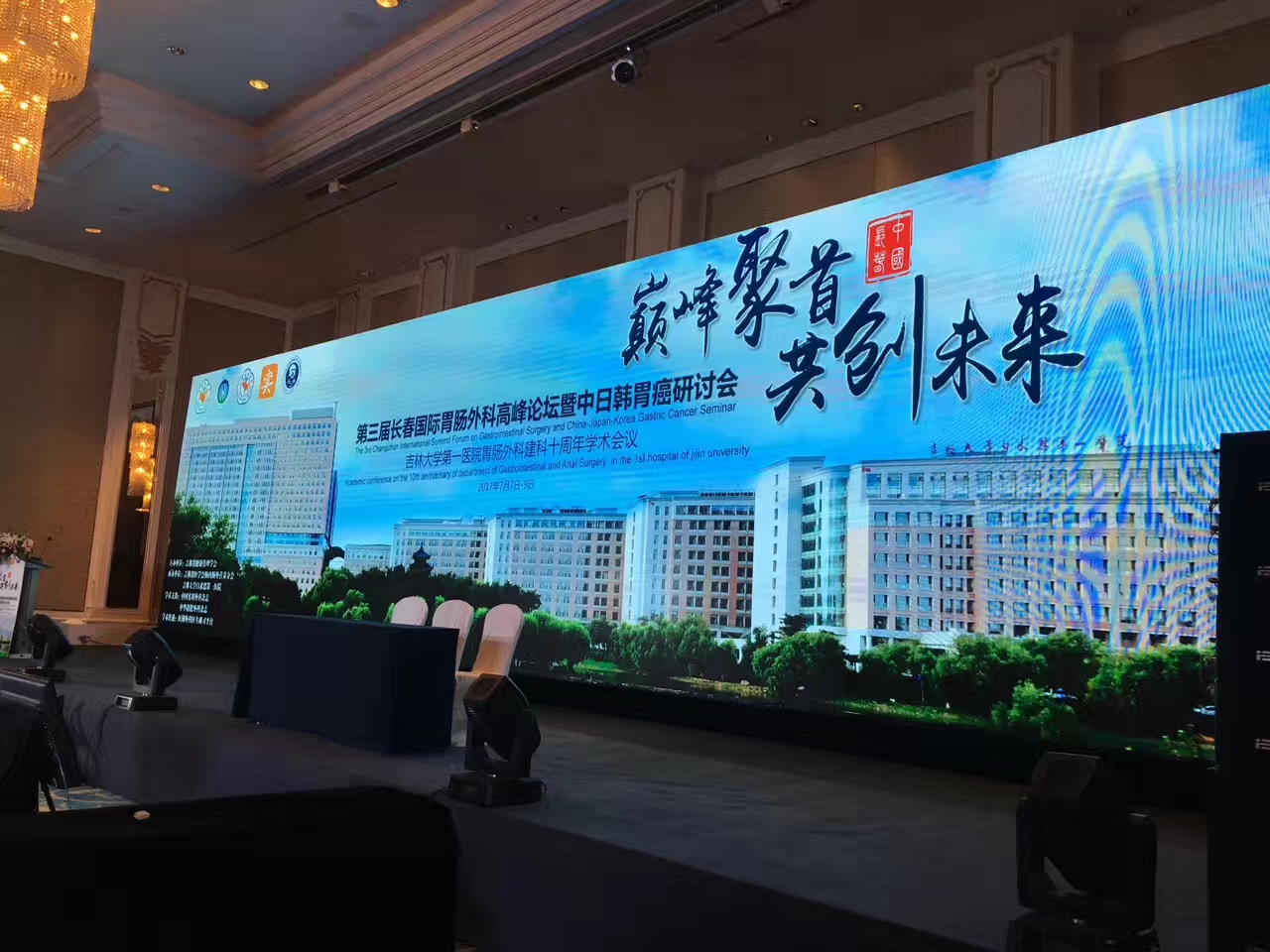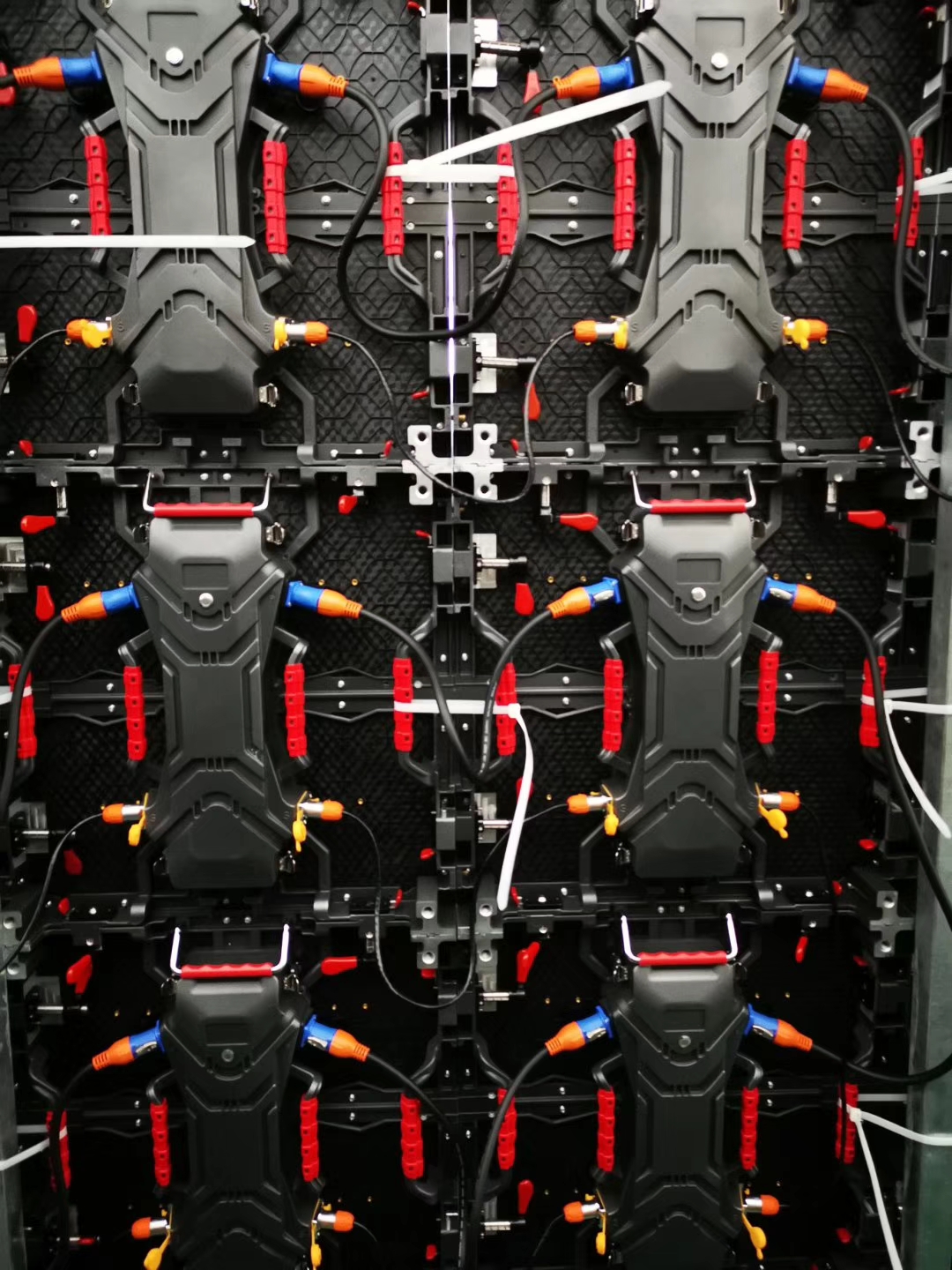Beijing time on October 12th news, according to foreign media reports, more than 50 years ago to show his inventions to General Electric executives, LED (light-emitting diode) inventor Nick Holonyak (Nick Holonyak) firmly believe LEDs will replace incandescent bulbs. Although incandescent bulbs are still the mainstream in home lighting, LEDs have changed lighting applications in many ways. From the switch light that emits a faint red light to the high-brightness street lights used in the streets of major cities, LEDs have been accepted around the world.
Ubiquitous red LED
The first LED light is red. This is not for aesthetic reasons. LEDs are made by creating a multilayer semiconductor wafer on a silicon wafer. As more and more semiconductor wafer layers are added, people are beginning to use various additives to determine the color of the LED lights. The fine silicon wafer is immersed in the molten liquid, followed by the addition of metal contacts and wires. The phosphorous gallium arsenide solution used in the first LED lamp produces a natural red light from the LED lamp. Therefore, the default color of the LED light used as the indicator light is red.
LED lights made with the new technology can also emit light of other colors, which greatly expands the application range of LED lights. But in the first 10 years after the advent of LED lights, the light from this lamp has been red.
First portable calculator
When relatively inexpensive, low-power LED lights began to replace incandescent bulbs in various electronic products, the price of those electronic products fell, falling to a level that was more acceptable to consumers.
The Busicom LE-120A is the world's first portable calculator that uses LED illuminators in the display. Its display includes seven independent LED lights. The portable calculator went on sale in January 1971 and is priced at $400. As a result, before that Valentine's Day, the product has become a fashionable product sought after by technology fans.
The first LED watch
In 1972, the watchmaking process that had existed for a century also began to accept LED lights. In that year, Pulsar launched the world's first LED watch: Time Computer. It is said that the watch is extremely accurate, and the annual running error will not exceed 60 seconds. It was the first watch with an LED light and it had an electronic timekeeping feature, which was priced at $2,100.
Unfortunately, this new technology consumes a lot of power, so people wearing this watch need to press a button to see the time.
Pulsar introduced a calculator watch in 1975, and since then, math teachers have begun to let students hand in their watches before the exam.
From indicator light to light
In 1993, Shuji Nakamura of Japan's Nichia Chemical Industry accidentally found a way to make blue light from LED lights. This further expands the range of application of LED lights, allowing the LED lights to start moving from the indicator lights to the lights.
As the light emitted by LED lights becomes more and more powerful, the flashlight industry has begun to replace incandescent lamps with LED lights. The power used by the flashlight is relatively small, and the bulb is basically not replaced. It is now difficult to find a flashlight that does not use LED lights.
Let the shoes shine too
LA Gear introduced a shoe that shines in 1992. The shoes were originally introduced to children. When the heel is stressed, the LED lights mounted on the shoes will glow red. This is a very interesting idea that has injected a new vitality into the development of LA Gear.
LG Gear believes that this shiny shoe has broad prospects, and it has later launched an adult version of the new shoe called Light Gear. The characters in Robert Downey Jr. and Batman films pass through the shoes.
Optical mouse
The optical mouse was invented in the 1980s. But it wasn't until 1999 that Microsoft introduced its optical mouse IntelliMouse Optical; now, optical mice have been widely promoted. This new mouse has completely replaced the previous ball mouse.
The optical mouse is equipped with a set of image sensors connected to the LED lights to track the movement of the mouse on any plane. At the same time as the optical mouse came out, it also announced the end of the life of the mouse pad product.
From LED backlight to OLED
In the past 15 years, the HDTV industry has maintained rapid development. The CRT has withdrawn from the historical arena and HDTV unifies the market. An important component driving this trend is LEDs. LED backlight technology replaces CCFL backlight technology, which provides higher contrast and a wider color gamut. Moreover, LED backlight technology also helps TVs reduce energy consumption.
The world's first TV with LED backlight technology is Sony's Sony Qualiia 005. The 46-inch TV was launched in 2004 and is priced at $10,000. Qualiia 005 has changed the entire TV industry. Today, 60-inch HDTVs with LED-backlit technology are priced from $1,500 to $2,000.
However, the penetration of LED technology into HDTV has not stopped in backlight technology. LG exhibited a 55-inch ultra-thin OLED HDTV at the 2012 CES Consumer Electronics Show. The organic carbon component used in the OLED can emit light when the current passes, so that there is no need to additionally configure the backlight assembly. Therefore, the OLED TV is only 4 mm thick and weighs only 16 pounds. Compared with LCD TVs, OLED TVs use less power, support wider viewing angles, produce richer colors and more radiance, and higher contrast.
Indoor Rental Led Display Features:
1. LED indoor rental screen is moving towards small spacing and high definition, and small Led Display can show more content;
2. Air insertion and quick lock structure are adopted between screens, which are easy to disassemble and assemble, can be maintained in front and back, and can be transported by air box, fast and safe.
3. The module can be maintained before and after, and the single module can be disassembled for maintenance. When packing, there are positioning posts and strong magnets. There is no seam between modules.
4. The cabinet body is of die-casting aluminum structure, with elegant and beautiful appearance, light and thin weight and hard strength.
5. According to the requirements of the site, the angle can be adjusted inside and outside, inside and outside plus or minus 15 °, splicing into different shapes.
6. All aluminum structure, good heat dissipation, no fan, no noise.
7. The brightness can be adjusted. According to the indoor brightness, adjust the best light effect.

Indoor Mobile LED Display description: compared with the traditional dance scenery and lighting, the display is single and the vision is tired. It is difficult to bring the visual expectation and the enjoyment of the visual beauty to the audience. LED display is very easy to solve these problems. Shocking visual effect, active performance atmosphere, show more video content. The acquisition of these information is far greater than the effect of traditional dance scenery and lighting. The indoor mobile rental screen has developed from the original big spacing pixels p7.62, P6 and P4 to the small spacing pixels p2.976, p3.91 and p4.81. The cabinet size has also developed from the original model to the easy to distinguish and install models of 500m * 500mm and 500mm * 1000mm.

Application scenarios: performance rental, stage performance, shopping mall, hotel, wedding, commercial performance, etc.
Structure: the box body is made of die-casting aluminum, with internal soft and hard links, external super five types of network cable and aviation plug links, and each box body is equipped with a quick lock.
Precautions: the screen body is often disassembled, and the edges and corners of the screen body are easy to bump. In the process of transportation, disassembly and installation, pay attention to handle with care. In the purchase process, let the manufacturer more with mask, bottom shell and the same batch of LED lights.

Indoor Rental LED Screen
LED Wall Rental,Video Wall Rental,LED Screen Rental
Shenzhen Vision Display Technology Co,.LTD , https://www.ledvdi.com


